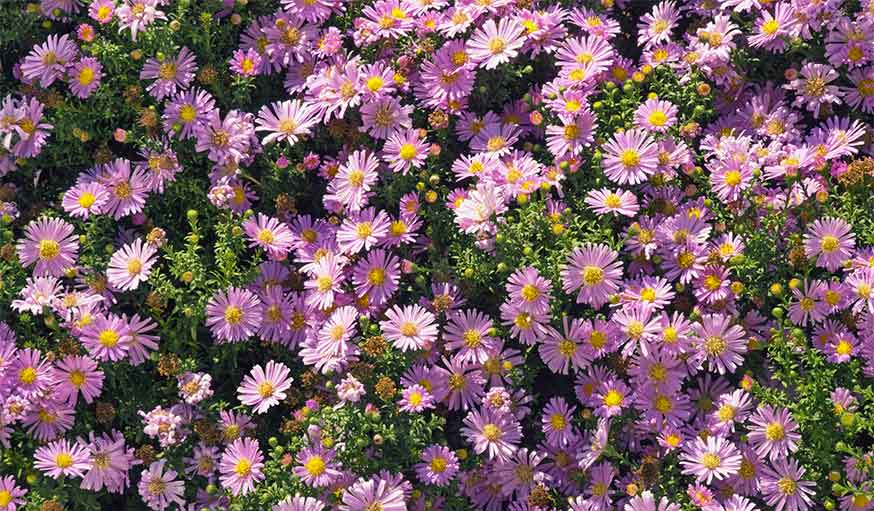This summer again, drought is raging in France. On August 18, 2020, 78 departments were affected by water restriction measures. While farmers are the first to be affected, individuals and their gardens are not spared. And this should intensify even more in the years to come, as this article in Echoes explains.
Rest assured, if your plants haven't survived the heat and your lawn is scorched, there are solutions to anticipate the coming summers.
Start by Observing your Garden
Do not hesitate to make plans for your garden, observe which areas have suffered the most from the drought, which areas are most exposed to the sun.
Read also: How to Make a Beautiful Herbarium With Your Children.
Some plants need very well-drained soil and will thrive in a slope or stony area. Others prefer the shade. You can consider replacing the worse off ones with more resistant plants.
Opt for Dromedary Plants, but not Only
In a previous article, Brigitte Lapouge-Dejean, landscape gardener, co-author of dry Gardens, adapt to water scarcity (éditions Terre Vivante, 2012) presented the "camels plants." These are plants that naturally flourish in the Mediterranean region and are satisfied with rare rains. They are many and varied, from succulents to lavender, including sedum.
But not everyone is obliged to create a Mediterranean garden or rock gardens! Aurélien Davroux, horticultural engineer and botanical advisor, details 450 varieties from all regions in his book All plants supporting drought (Ulmer editions, 2020).
Here are some examples of non-Mediterranean plants suitable for a dry garden:
- Alpine aster: squat plant cushion, placed on the ground (condenses humidity, which is beneficial for neighboring plants) with large purple, pink or white daisies,
- aubriète: perennial forming elegant cushions with flowers ranging from pink to purplish-blue (also condenses moisture on the soil),
- garden iris: many varieties that bloom in June, unnecessary or even harmful watering,
- Guernsey lily: native to South Africa, tender pink flowers between September and November, leaves after flowering or in spring,
- golden heuchera: tiny florets, drought-resistant but prefers shade.

"If you live in a region where winters are harsh, you can choose plants with an exotic or Mediterranean appearance, but which resist the cold very well," adds Aurélien Davroux, citing, for example, the neomexicana agave, which resists up to at - 15 ° C.
Plant trees, but not Too Tall
"Given the galloping concretization, I can only encourage gardeners who are lucky enough to have a sufficiently large plot to plant trees," considers Aurélien Davroux.
He warns, however: choose trees that won't grow too tall. You will be able to enjoy their shade without them drinking all the water from the ground. The Judea tree, for example, is resistant to drought and cold down to -15 ° C.
Water Sparingly
Whether you're redesigning your garden or not, there is one thing you can't ignore: mulching. This involves placing a cover at the foot of your plants that will limit the evaporation of water. It can be mineral (slate, pebbles ...), vegetable (straw, flax mulch), or from certain waste (cardboard, pruning waste).
Also read Japanese Gardening: Techniques to Apply at Home.
Aurélien Davroux advises watering in the morning or the evening and specifies: "It is better to water in large quantities in a fairly spaced way, rather than a little bit every day. This will allow the soil to soak and prevent the water doesn't evaporate right away. "
On the other hand, it serves no purpose to water your lawn, which will turn green again as soon as it rains. Just remember that the shorter it is, the more it will burn. Leave 8 to 10 cm of lawn and mow in summer only once every two weeks, or even every three weeks. Also, not mowing your lawn is good for biodiversity!
And for your vegetable garden? Test farmer seeds, which have the ability to adapt from year to year to the land on which they grow and can ultimately resist drought!
Adapted and translated by The Cop Cart Staff
Sources: 18h39







